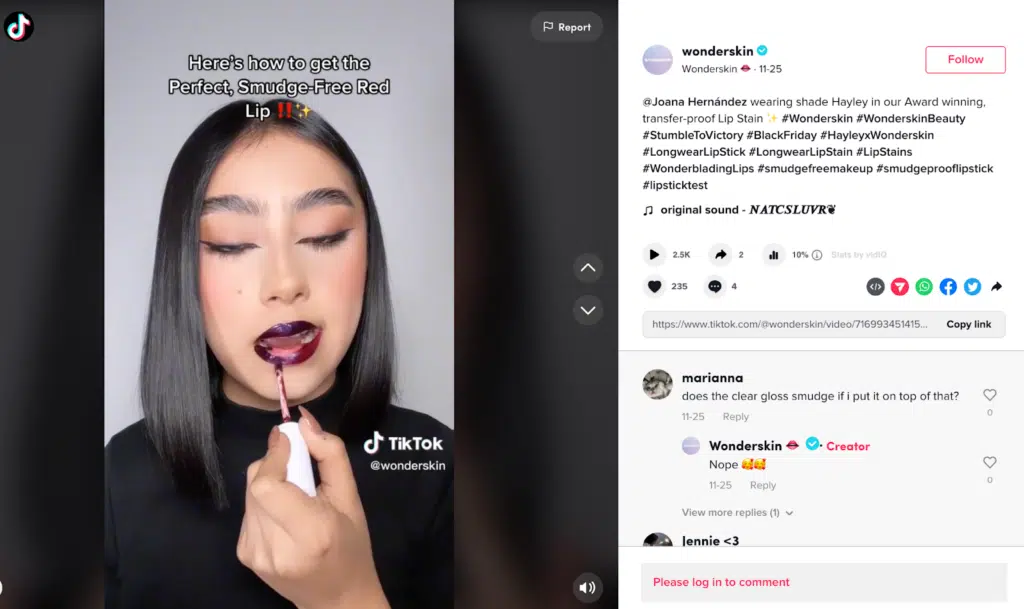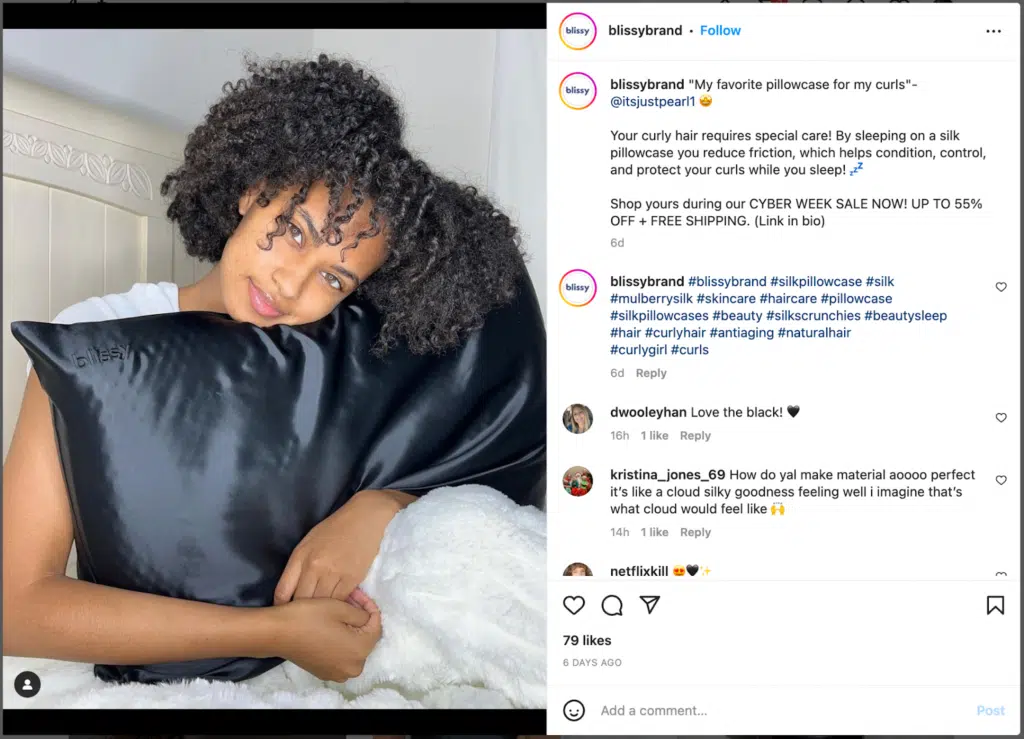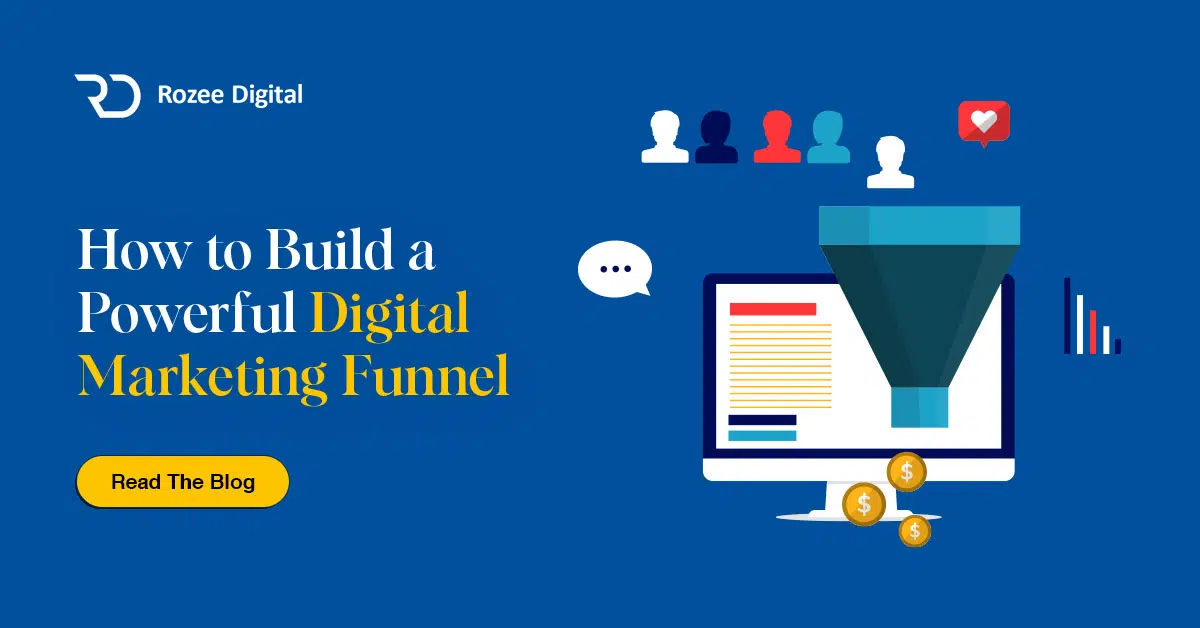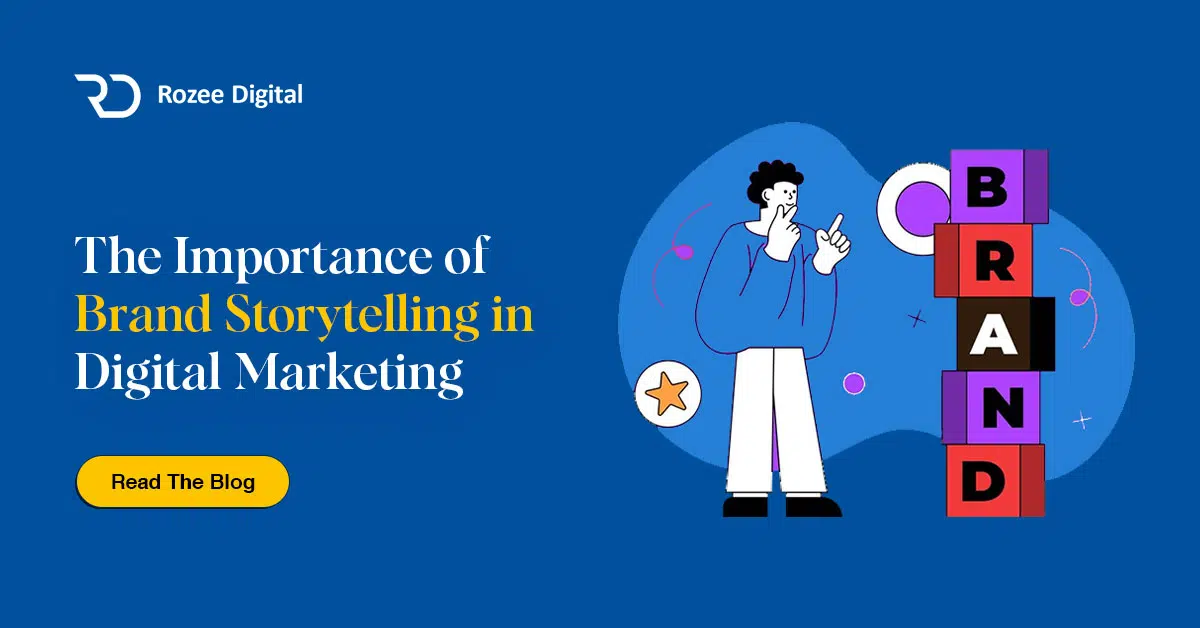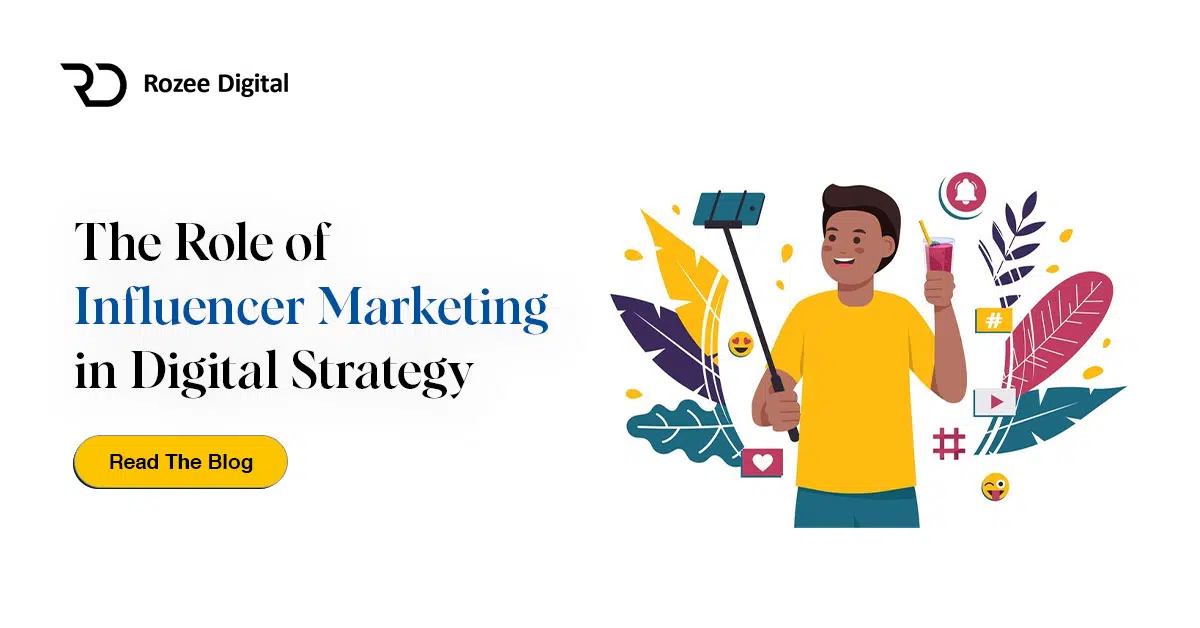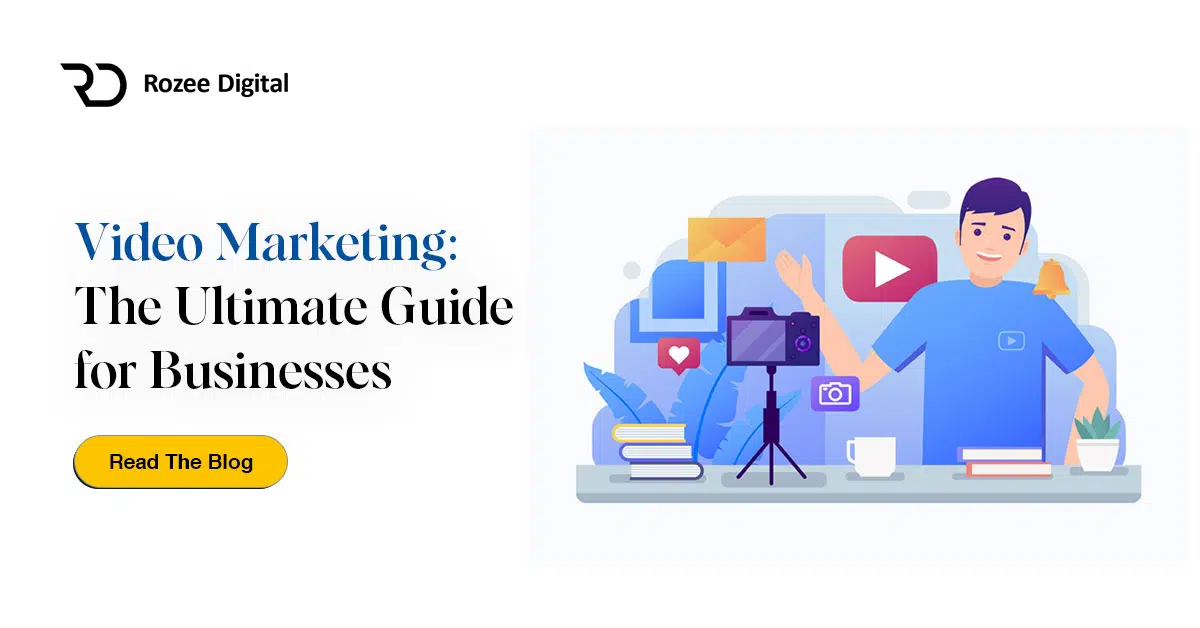Definition of user-generated content (UGC)
In the ever-evolving landscape of ecommerce, user-generated content (UGC) has emerged as a powerful tool for brands to engage with their customers and build a loyal community. But what exactly is user-generated content?
User-generated content refers to any form of content that is created and shared by the users of a product or service. It can take various forms, including customer reviews, social media mentions, photos, videos, ratings, and even Q&A forums. Unlike traditional forms of marketing communication, UGC is generated by the customers themselves, making it an authentic and trustworthy source of information.
UGC has gained immense popularity in recent years due to its ability to foster a sense of community, boost brand awareness, and drive customer engagement. Brands across various industries have realized the potential of UGC as a cost-effective marketing strategy that resonates with their target audience.
In this article, we will delve deeper into the world of user-generated content for ecommerce. We will explore the benefits of UGC, the different types of UGC, best practices for encouraging user contributions, and even showcase some successful UGC campaigns. So, let’s dive in and uncover the power of user-generated content in the ecommerce realm!
If you are interested in seeing some examples of user-generated content, check out our user generated content examples blog post.
Benefits of User-Generated Content for Ecommerce
In the realm of ecommerce, user-generated content (UGC) has emerged as a powerful tool for businesses to enhance their online presence and drive success. By harnessing the creative power of their customers, companies can unlock a myriad of benefits that contribute to their growth and profitability. Let’s delve into some of the key advantages of incorporating user-generated content into your ecommerce strategy.
Increased Trust and Authenticity
One of the primary benefits of user-generated content is its ability to foster trust and authenticity. When potential customers come across positive reviews, testimonials, and user-submitted photos and videos, they are more likely to trust the opinions and experiences of their peers over traditional advertising. This organic form of promotion instills confidence in the minds of prospective buyers, assuring them that the products or services they are considering are of high quality and worth investing in. By showcasing real-life experiences and opinions, user-generated content helps to build credibility and establish a genuine connection between businesses and their target audience.
Enhanced Engagement and User Experience
User-generated content provides a means for customers to actively engage with brands, creating a sense of community and fostering a deeper connection. By encouraging customers to share their thoughts, experiences, and feedback, businesses can create a space for meaningful interactions and conversations. This engagement not only strengthens the bond between customers and brands but also enriches the overall user experience. When customers feel valued and involved, they are more likely to develop a sense of loyalty and become brand advocates, promoting the products or services to their own networks. This organic promotion through user-generated content can boost brand visibility and attract new customers.
Cost-Effective Marketing Strategy
In the world of digital marketing, budget considerations are always at the forefront. User-generated content offers a cost-effective alternative to traditional marketing strategies. Instead of investing substantial resources in producing expensive advertisements or hiring influencers, businesses can tap into the creativity of their customers. By encouraging customers to create and share content, companies can harness the power of word-of-mouth marketing and leverage their existing customer base. This not only saves on advertising costs but also allows businesses to reach a wider audience through the networks of their customers. User-generated content serves as a powerful marketing tool that can generate significant returns on investment while keeping costs low.
Improved SEO and Organic Traffic
User-generated content plays a crucial role in boosting search engine optimization (SEO) efforts and driving organic traffic to ecommerce websites. When customers leave reviews, write testimonials, or engage in discussions about products or services, they generate valuable keywords and phrases that search engines crawl and index. This user-generated content helps to improve the visibility of websites in search engine results and drives organic traffic. Additionally, the continuous flow of fresh content from customers signals to search engines that the website is active and relevant, further improving its ranking. By incorporating user-generated content, businesses can effectively optimize their websites and attract a larger audience organically.
In conclusion, user-generated content offers a multitude of benefits for ecommerce businesses. From building trust and authenticity to enhancing engagement and user experience, leveraging the power of customer creativity can be a game-changer. Furthermore, user-generated content serves as a cost-effective marketing strategy, allowing businesses to tap into the vast potential of their existing customer base. By embracing user-generated content and reaping its rewards, ecommerce businesses can elevate their online presence, attract new customers, and ultimately drive growth and success.
If you want to learn more about the benefits of user-generated content, check out our blog post on benefits of user generated content.
Types of User-Generated Content
User-generated content (UGC) encompasses a wide range of content created by consumers, which can be leveraged by ecommerce businesses to drive engagement and boost brand visibility. Let’s explore some of the most prevalent types of UGC that can provide immense value to your online store.
Customer Reviews and Testimonials
Customer reviews and testimonials are powerful forms of UGC that can greatly influence purchasing decisions. When shoppers see positive reviews and testimonials from fellow customers, it instills a sense of trust and authenticity in the product or service being offered. These reviews provide insights into the quality, functionality, and overall user experience, helping potential buyers make informed decisions.
Encouraging customers to leave reviews and testimonials can be as simple as sending a follow-up email after a purchase or offering incentives, such as discounts or exclusive offers. By showcasing these authentic experiences and opinions, you can build credibility and establish a sense of community around your brand.
Social Media Mentions and Shares
In today’s digital landscape, social media plays a vital role in shaping consumer behavior. When customers mention or share your products or services on platforms like Facebook, Instagram, or Twitter, it amplifies your brand’s reach and visibility. These organic mentions and shares act as endorsements and can significantly impact brand awareness and customer engagement.
To encourage social media mentions and shares, you can create campaigns or contests that incentivize customers to share their experiences or showcase how they use your products. By incorporating branded hashtags and making it easy for customers to tag your brand, you can track and amplify these UGC moments, creating a ripple effect of social proof.
User-Submitted Photos and Videos
Visual UGC, such as user-submitted photos and videos, adds a dynamic and immersive element to your ecommerce strategy. When customers share their own visuals featuring your products, it provides an authentic and relatable perspective. These visuals not only showcase the product in action but also serve as social proof, reinforcing the value and desirability of your offerings.
To encourage users to submit photos and videos, you can run contests or feature a designated space on your website or social media platforms for users to share their creations. By highlighting these visuals and giving credit to the creators, you foster a sense of community and inspire others to participate.
Product Ratings and Feedback
Product ratings and feedback are essential components of UGC that help potential customers assess the quality and suitability of your offerings. By allowing customers to rate and provide feedback on your products, you empower them to share their experiences and opinions openly. These ratings and feedback provide valuable insights for both prospective buyers and your business, enabling you to make improvements and better meet customer expectations.
Implementing a user-friendly rating system and providing clear avenues for customers to leave feedback can significantly enhance the credibility of your ecommerce store. Additionally, showcasing positive ratings and addressing any negative feedback in a timely and professional manner demonstrates your commitment to customer satisfaction.
Q&A and Customer Support Forums
Q&A and customer support forums enable customers to connect with each other and seek assistance from both your brand and fellow shoppers. These platforms allow users to ask questions, share their experiences, and provide guidance to others. Embracing these interactive spaces not only fosters a sense of community but also positions your brand as an authority in your industry.
By actively participating in these forums and ensuring timely and helpful responses, you can build trust and credibility with your customers. Additionally, monitoring these platforms allows you to identify common pain points and address them proactively, further enhancing customer satisfaction.
Incorporating these various types of UGC into your ecommerce strategy can yield significant benefits. They not only enhance trust and authenticity but also drive engagement, boost SEO, and contribute to cost-effective marketing efforts. By leveraging the power of UGC, you can create a vibrant and interactive online community that not only attracts new customers but also fosters long-term loyalty.
Continue reading about user generated content examples to gain a deeper understanding of how brands have successfully harnessed the potential of UGC in their marketing campaigns.
Best Practices for Encouraging User-Generated Content
To harness the power of user-generated content (UGC) and maximize its impact on your ecommerce business, it is essential to employ best practices that encourage your audience to actively participate and contribute. By implementing these strategies, you can foster a vibrant community of engaged customers who willingly share their experiences and insights. Let’s explore some effective methods for inspiring UGC:
Provide Incentives and Rewards
Humans are naturally inclined to seek rewards and recognition for their efforts. By offering incentives and rewards, you can motivate your customers to create and share UGC. Consider running contests or giveaways where participants have the chance to win exclusive discounts, free products, or other exciting prizes. These incentives not only encourage UGC creation but also generate buzz and excitement around your brand.
Create Branded Hashtags and Campaigns
Branded hashtags and campaigns are powerful tools for organizing and tracking UGC related to your brand. By creating unique and memorable hashtags, you can encourage your audience to tag their posts and content, making it easier for you to discover and feature their contributions. Additionally, branded campaigns centered around specific themes or challenges can inspire creativity and participation among your customers. This not only boosts brand visibility but also encourages a sense of community and belonging.
Engage and Respond to User Contributions
Building meaningful connections with your customers is crucial for fostering a community that actively contributes UGC. Take the time to engage with and respond to user-generated content. By acknowledging and appreciating their efforts, you show your customers that their voices matter and that their contributions are valued. This not only strengthens the relationship between your brand and your customers but also encourages others to join in and share their experiences.
Feature UGC on Your Website and Social Media Platforms
Once you have a collection of compelling user-generated content, it’s essential to showcase it on your website and social media platforms. Featuring UGC prominently demonstrates your commitment to customer satisfaction and authenticity. It also serves as social proof, assuring potential customers of the quality and popularity of your products or services. By giving your customers a platform to shine, you create a sense of pride and belonging within your community, further encouraging others to contribute their own UGC.
By implementing these best practices, you can create an environment that nurtures and celebrates user-generated content. Remember, encouraging UGC is a continuous process that requires consistent effort and engagement. By doing so, you can tap into the power of UGC to boost trust, engagement, and ultimately, the success of your ecommerce business.
If you’re looking for more inspiration on user-generated content, check out our blog post on user-generated content examples
.
Case Studies: Successful User-Generated Content Campaigns
User-generated content (UGC) has become an integral part of successful marketing campaigns for ecommerce businesses. It not only helps to build trust and authenticity but also enhances engagement and user experience. Let’s take a look at two captivating examples of companies that have leveraged UGC to their advantage.
Case Study #1: Beauty Sector’s UGC Success
The beauty industry effectively uses UGC to tap into new markets, engage prospective customers, and produce enticing content. Beauty brands utilize UGC to stimulate dialogue about their products and gather valuable reviews and tips from customers, offering essential insights to potential buyers.
Example #1: Wonderskin
Acclaimed beauty brand Wonderskin uses UGC innovatively, as seen in a TikTok tutorial video they partnered on. The video tackles a common issue—achieving smudge-free red lips, using a Wonderskin product. This authentic content, devoid of explicit promotion, highlights the product’s quality and effectiveness while broadening its appeal to the creator’s 850k followers. This isn’t Wonderskin’s first UGC venture; they’ve adeptly harnessed TikTok ads and the Insense Marketplace for sourcing UGC.
Image Source: TikTok
Example #2: Blissy
Blissy, a manufacturer of luxury mulberry silk pillowcases, utilizes UGC for product endorsement. An Instagram post featuring a micro-influencer with curly hair is a perfect example. The influencer’s positive experience with a Blissy pillowcase protecting her hair enhances the product’s authenticity and reinforces its market positioning as the ideal pillowcase for curly hair.
Image Source: Instagram
Case Study 2: Consumer Goods
UGC is creating a fresh wave of consumer interaction and influence within the consumer goods industry, especially through reviews and ratings.
In an era where consumers can voice their opinions instantly via social media or product reviews, it’s vital for companies to actively cater to customer needs and curate positive customer experiences.
Whether it’s orchestrating influencer campaigns or initiating unique digital marketing strategies, consumer goods companies are capitalizing on UGC’s potential to foster authenticity and trust amongst their audience.
UGC presents a distinct avenue to connect brands with their audience and aid customers in making superior purchasing decisions. Let’s explore two successful instances.
Example #1: 5 Stars United
5 Stars United, an Amazon brand collective comprising 30 different brands offering an array of consumer goods, stands as an illustration of successful UGC use.
Image Source: Instagram
One of their top-selling products is the Memory Foam Back Cushion. The showcased content includes two photos and a video review, all focusing on the user’s expressions to underscore the product’s pain-relief benefit.
The video creator conveys the reasons to buy the product, centering on how it’s assisted him. This feels like a sincere review, influencing others dealing with similar issues to consider buying the product.
What’s the primary lesson from this instance? Brands and creators can utilize UGC to spotlight common issues and emphasize how their product can alleviate them.
If you’re interested in more examples of user-generated content campaigns, check out our blog post on user-generated content examples.
Conclusion
In conclusion, user-generated content (UGC) is a powerful tool for ecommerce businesses looking to enhance their online presence and drive customer engagement. By leveraging the creativity and experiences of their customers, companies can build trust, create authentic connections, and ultimately boost their bottom line.
Through this article, we have explored the numerous benefits of user-generated content for ecommerce. Increased Trust and Authenticity play a vital role in today’s consumer landscape, and UGC provides a platform for customers to share their genuine opinions and experiences. This transparency builds trust and credibility, helping potential buyers make informed decisions.
Moreover, UGC contributes to Enhanced Engagement and User Experience. When customers actively participate in creating content, they develop a sense of ownership and connection with the brand. Whether it’s through customer reviews, social media mentions, or user-submitted photos and videos, UGC fosters a sense of community and encourages customers to engage with the brand on a deeper level.
From a marketing perspective, user-generated content is a Cost-Effective Strategy that yields impressive results. By leveraging the creativity and experiences of customers, companies can reduce their marketing spend while still reaching a wider audience. UGC also acts as Improved SEO and Organic Traffic. Search engines recognize the value of user-generated content and reward websites that feature it. By incorporating UGC into their digital strategy, businesses can boost their search engine rankings and drive more organic traffic to their website.
We have also explored the different types of user-generated content that businesses can leverage. From Customer Reviews and Testimonials to Social Media Mentions and Shares, User-Submitted Photos and Videos, Product Ratings and Feedback, and Q&A and Customer Support Forums, there are countless opportunities for customers to share their experiences and contribute to the brand narrative.
To encourage user-generated content, businesses should implement Best Practices. Providing incentives and rewards, creating branded hashtags and campaigns, engaging and responding to user contributions, and featuring UGC on websites and social media platforms are all effective strategies to foster customer participation.
Throughout the article, we have seen the power of user-generated content through Case Studies. Companies like Company A and Company B have successfully utilized UGC to drive engagement, increase brand awareness, and generate positive buzz.
In conclusion, user-generated content is a valuable asset for ecommerce businesses. By embracing UGC, companies can tap into the creativity and experiences of their customers, creating a mutually beneficial relationship that enhances their brand reputation and drives business growth. So, don’t miss out on the opportunities that user-generated content presents. Start incorporating UGC into your digital strategy and witness the transformative impact it can have on your ecommerce business.
For more information and inspiration on user-generated content, check out our blog articles on user generated content examples, user generated content marketing, and user generated content campaigns. They will provide you with valuable insights and practical tips to maximize the potential of UGC in your business.
Thank you for reading, and happy content creation!


